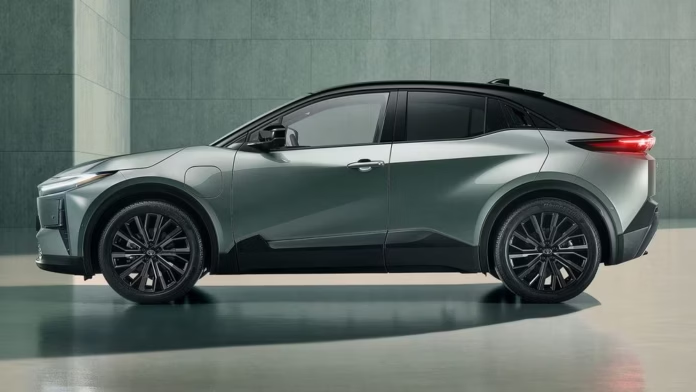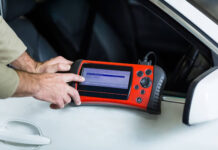Toyota is bringing back the C-HR to the U.S. market for the 2026 model year — but with a major twist. This time, the eye-catching crossover returns as a fully electric vehicle (EV), and it’s far more powerful and advanced than its gas-powered predecessor. After being discontinued in the U.S. in 2022, the all-new C-HR EV marks a stylish and tech-savvy comeback.
All-New, All-Electric
Unlike the previous C-HR that ran on a 2.0-liter gasoline engine, the 2026 version has been completely reimagined as an electric crossover. Under the hood — or rather, beneath the floor — is a 74.7-kilowatt-hour battery pack that powers two electric motors. Together, they produce a total of 338 horsepower, making this one of Toyota’s quickest EVs yet.
That power translates to strong performance. The new C-HR can go from 0 to 60 mph in just 5.0 seconds, a time that beats the Toyota GR86 sports car and rivals the hot-hatch GR Corolla. This proves Toyota is serious about adding excitement to its growing EV lineup.
As for range, the new C-HR delivers up to 290 miles on a single charge — slightly less than Toyota’s bZ4X, but still very respectable for a compact EV. The vehicle supports DC fast charging, allowing for a 10–80% recharge in about 30 minutes, and it uses the North American Charging Standard (NACS), meaning it’s compatible with Tesla Superchargers across the country.
Also read: Chromebook Challenge on TikTok Sparks Safety Concerns in Schools
Sleek Styling, Modern Tech
Toyota didn’t just upgrade the powertrain — the design and interior tech got a serious glow-up too. While the 2026 C-HR maintains its signature “four-door coupe” shape, it now features Toyota’s modern styling language. That includes slim boomerang headlights, a sleek front grille, and a full-width rear light bar. The dramatic sloping roof and hidden rear door handles give it a sporty look.
The C-HR is built on Toyota’s e-TNGA platform, the same electric-focused base used in other new Toyota EVs. It measures 177.9 inches in length and 63.8 inches in height, which keeps it shorter and more compact than a RAV4 but with enough room for passengers and cargo.
Buyers can opt for several trims, including the SE base with 18-inch wheels or the sportier XSE trim with 20-inch wheels and other styling elements.
Inside, drivers are welcomed by a clean, technology-oriented cabin. A 14.0-inch screen takes over the dashboard and features wireless Apple CarPlay, Android Auto, and a 4G Wi-Fi hotspot. A distinct digital instrument cluster is placed behind the steering wheel. Every model will feature Toyota Safety Sense 3.0, which features adaptive cruise control, lane-keep assist, automatic emergency braking, and additional driver-assistance elements.
Pricing and Market Position
Toyota has not announced official pricing as of yet, but it should begin just over the last gas model’s MSRP of approximately $25,000. The electric C-HR should start around $30,000, putting it in line with other compact electric SUVs such as the Hyundai Kona Electric, Chevrolet Equinox EV, and Tesla Model Y (though presumably underpricing the Tesla).
The 2026 C-HR is a component of Toyota’s bigger play to electrify its lineup. As consumers increasingly want stylish and inexpensive EVs, the C-HR occupies a niche for purchasers looking for something other than the boxy SUV norm — and with far more oomph than most subcompact crossovers.
A Welcome Comeback
The C-HR’s return is a testament to Toyota’s determination to merge aggressive design, spirited performance, and electric power. Its quirky looks, quick acceleration, and high-tech equipment make it an unconventional contender in the EV space. And for those who loved the original C-HR and missed its quirky attitude, it’s back, better than before, and this time electric.








